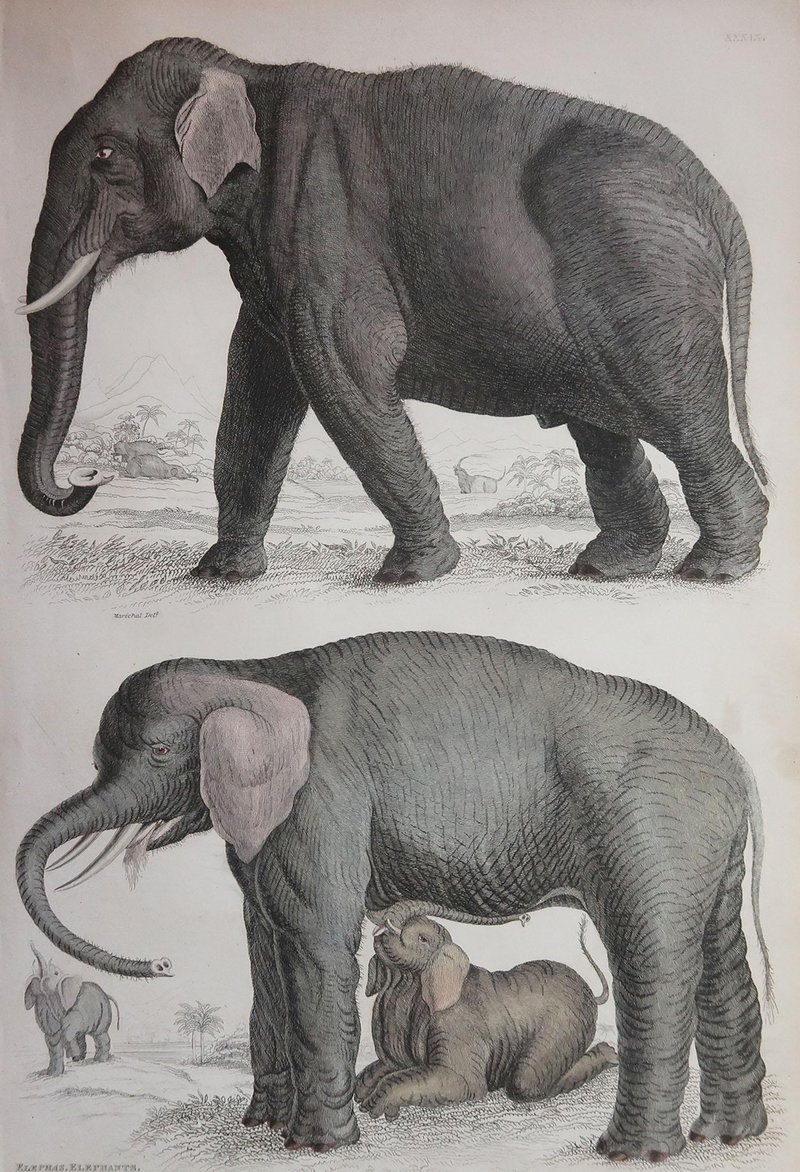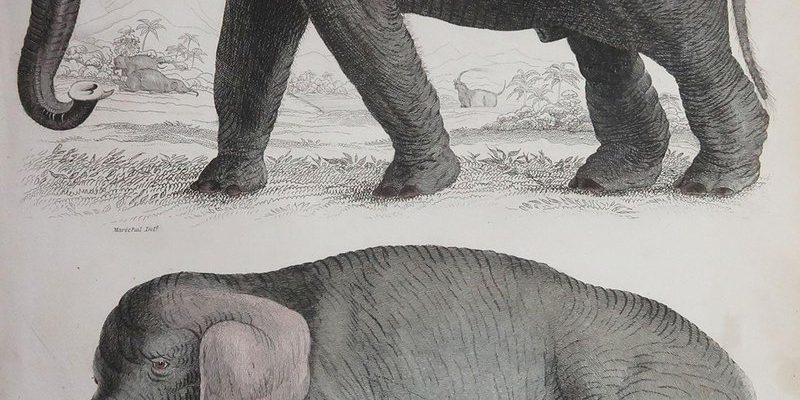
Imagine sipping your coffee while picturing a landscape filled with these magnificent animals, their large ears flapping, trunks swaying, and families bonding together. So, let’s dig deeper into the evolutionary history of these incredible beings, exploring their ancestors, adaptations, and the challenges they face today.
Ancestral Origins of Elephants
The evolutionary journey of the Indian elephant begins in a surprisingly distant past. About 55 million years ago, the ancestors of modern elephants were small and furry creatures. These early mammals, known as protenodonts, were much different from the elephants we know today. They roamed the lands of what is now Asia and Africa, adapting to their environments in various ways.
Over millions of years, these ancestors evolved into larger, more recognizable forms. They gradually developed characteristics that would define them as large terrestrial mammals. For instance, mastodons and woolly mammoths, which lived during the Pleistocene epoch, are more familiar relatives. Unlike today’s Indian elephants, these creatures had long tusks and thick, shaggy coats, built for the cold climates they inhabited.
You might be wondering how these ancient creatures adapted to their environments. They developed traits like elongated trunks and large ears, which helped them forage for food and regulate their body temperature. These adaptations eventually paved the way for the evolution of modern elephants, including the Indian elephant.
The Split Between Asian and African Elephants
As time went on, around 6 million years ago, elephants began to diverge into distinct lineages. This significant split gave rise to the two main categories we see today: Asian elephants and African elephants. The Indian elephant, a subspecies of the Asian elephant, showcases fascinating adaptations that set it apart from its African relatives.
One key difference is size. Indian elephants are generally smaller than their African cousins. Their skull structure is also distinct; Indian elephants have a more rounded head compared to the elongated shapes of African elephants. Additionally, the ears of Indian elephants are much smaller, which helps them conserve heat in the warmer climate of the Indian subcontinent.
Adaptation didn’t stop there. Indian elephants are uniquely adapted to their environment. They have developed a more social structure, often living in matriarchal herds that emphasize family bonds. This social behavior is vital for survival, as it allows them to communicate and share responsibilities, such as caring for the young.
Cultural Significance of the Indian Elephant
The Indian elephant does not just have an evolutionary significance; it also holds immense cultural importance in India and surrounding countries. For centuries, these elephants have been symbols of strength, wisdom, and loyalty. They’re often depicted in art, literature, and folklore, illustrating their deep-rooted connection with human society.
In Hindu culture, the elephant-headed god Ganesha is celebrated as a remover of obstacles and a symbol of good fortune. This reflects how intertwined elephants are with spirituality and tradition in Indian life. You might find them featured in festivals, parades, and even as working animals in rural communities.
Moreover, the Indian elephant plays a critical role in the ecosystem. As they move through forests, they help create paths that other animals can follow and disperse seeds through their dung, promoting plant growth. This interaction showcases how closely linked they are to the health of their environment.
Conservation Challenges Facing Indian Elephants
Despite their cultural significance and ecological roles, the Indian elephant faces numerous threats today. Habitat loss due to urbanization, agriculture, and deforestation has left many elephants without sufficient space to roam. This encroachment often leads to human-elephant conflicts, which can be dangerous for both parties.
Additionally, poaching remains a critical issue. While poaching for ivory is a more significant threat to African elephants, Indian elephants are often targeted for their skin and other body parts. These illegal practices not only threaten their survival but also disrupt the intricate balance of their social structures.
Conservation efforts are underway, focusing on protecting the habitats of Indian elephants and promoting coexistence with local communities. Many organizations are working to create wildlife corridors, allowing elephants to migrate safely between habitats. These efforts highlight the importance of preserving not just the elephants themselves but also the ecosystems they inhabit.
The Future of the Indian Elephant
Thinking about the future of the Indian elephant is a mixed bag of hope and concern. On one hand, with increased awareness and conservation efforts, there’s potential for populations to stabilize or even grow. Initiatives that promote sustainable land use and educate communities about the importance of these animals are crucial.
On the other hand, the ongoing threats from climate change, habitat destruction, and poaching mean that work is far from over. The future of the Indian elephant depends on our actions today. Advocating for their protection and supporting conservation programs can make a real difference.
As we move forward, fostering a sense of harmony between human development and wildlife is vital. After all, a world where elephants roam freely is a world rich in diversity and connection—something we should all strive for.
In summary, the evolutionary history of the Indian elephant is not just a tale of survival; it’s a narrative woven into the fabric of human culture and ecology. From their ancient ancestors to their current status as cultural icons, these magnificent creatures deserve our respect and protection. As the world changes, we have the opportunity to write a new chapter in their story—one that embraces coexistence and conservation.
So, the next time you hear about Indian elephants, remember their journey through time. They are not just animals; they are a link to our past and a crucial part of our shared future. Let’s honor their legacy by taking steps to ensure that they thrive in the wild for generations to come.

